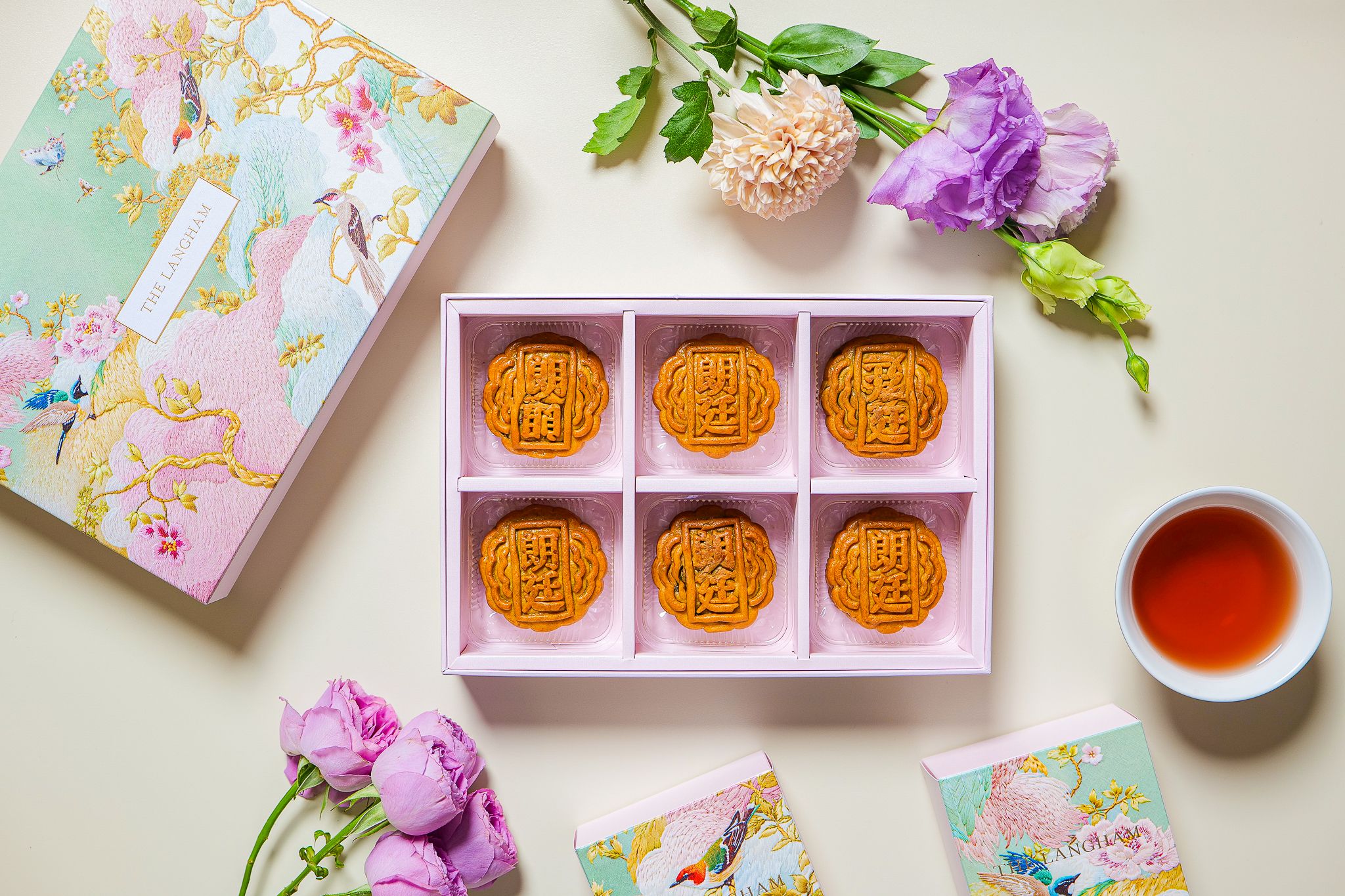Dumplings have long been one of the world’s most versatile snacks. While many eat them as snacks, sometimes people would have them as appetizers or big meals like lunches or dinners. The snack is so popular that almost everyone has had it at least once, and some parts of the world also have their version of dumplings. The varieties of dumplings typically have relevance to a country’s food culture.
While dumplings vary in shape and flavor, some are more well-known. Not only are they tasty, but also they have their enthusiasts. These dumplings rise to the top because, more than the taste of Chinese food, they might remind someone of home. Dumplings are a humble snack, existing as a friend when hungry and satisfying your tummy when needed.
Do you know that there is a tradition of eating dumplings during the Chinese New Year because dumplings resemble money pouches?
Dim Sum, Gyoza, or Mandu?
Dim Sum
People know China for many things, and it’s safe to say that one is for dim sum. Dim sum comes from Guangzhou, which makes it a Cantonese dish. Dim sum is an array of steamed, baked, or fried snack dishes. The steamed dim sum served in a bamboo basket might be the one many refer to. Each basket consists of three to four pieces of dim sum. The tiny difference between dim sum and dumplings is that dim sum is a type of dumpling, while dumplings are generally rolled dough with stuffing. One dim sum can consist of many things, from chopped meats like chicken, beef, or prawns to steamed vegetables. In China, people typically have dim sum for brunch, complete with tea.
Guo Tie
Guo tie, otherwise known as a potsticker, is a type of Chinese dumpling. One of the most noticeable things about guo tie when differentiating dumplings is that one side of it is typically pan-fried. People would steam on the other side. Unlike dim sum, guo tie is thinner and semicircle-shaped. While dim sum and guo tie’s shapes might differ, their fillings are similar. Various meats and vegetables fill guo tie, with scallions being one of its signatures. People also enjoy guo tie with a dipping sauce containing chili oil, soy sauce, and vinegar.
Gyoza
While China is relatively famous for dumplings in general, another country like Japan also shines with its version. Gyoza, a Japanese-style dumpling, is similar to a guo tie. The slight difference is that the two sides of gyoza are pan-fried and steamed afterward. Also, many standard gyoza fillings are pork and cabbage. But yes, people make twists and turns with gyoza fillings. The gyoza wrapper is relatively thin for pan-frying purposes, making it crispy. Like guo tie, gyoza has a similar dipping sauce combined with garlic and sesame oil.
Jiaozi
If you want to experience the Lunar New Year to the fullest, you might want to try devouring jiaozi. Not only does jiaozi present itself as one of the Lunar New Year’s traditions, but it also symbolizes luck that will come your way. There are ways to serve jiaozi: deep-fried, pan-fried, boiled, and steamed. Inside a jiaozi is a mix of ground meat and vegetables. The meats and vegetables vary, dipped in a black vinegar and sesame oil mix.
Mandu
Korea is also one of the countries with its dumpling variety. Like jiaozi, you can eat mandu in four different ways. You can fill this Korean dumpling with any meat, from pork and fish to tofu and noodles. Other than eating mandu as a standalone snack, putting it in soup is also another Korean way to eat it. They call the Korean soup mandu-guk, using boiled mandu in a beef or anchovy broth. When celebrating the Lunar New Year, Koreans usually consume Tteok mandu-guk, or rice cake, and dumpling soup.
Wonton
Many people might be as familiar with wonton as they would with dim sum. The typical wonton fillings are meat, such as pork, chicken, or shrimp. A boiled wonton soup like mandu is the most common way to serve wonton. In addition to the soup, there are also noodles in the bowl. The name of the complete dish is wonton noodles. But outside of China, fried wonton is also popular primarily for appetizers.
Xiaolongbao
Xiaolongbao is a Chinese dumpling formed as a steamed bun. Xiaolongbao is a little unique because, on top of the meat filling, you can taste a broth all covered inside the dumpling skin. This dumpling can also be another option if you like your dumpling dipped and served for breakfast. So, when you eat xiaolongbao, the broth will overflow your mouth. The typical dipping sauce contains vinegar and chili.









